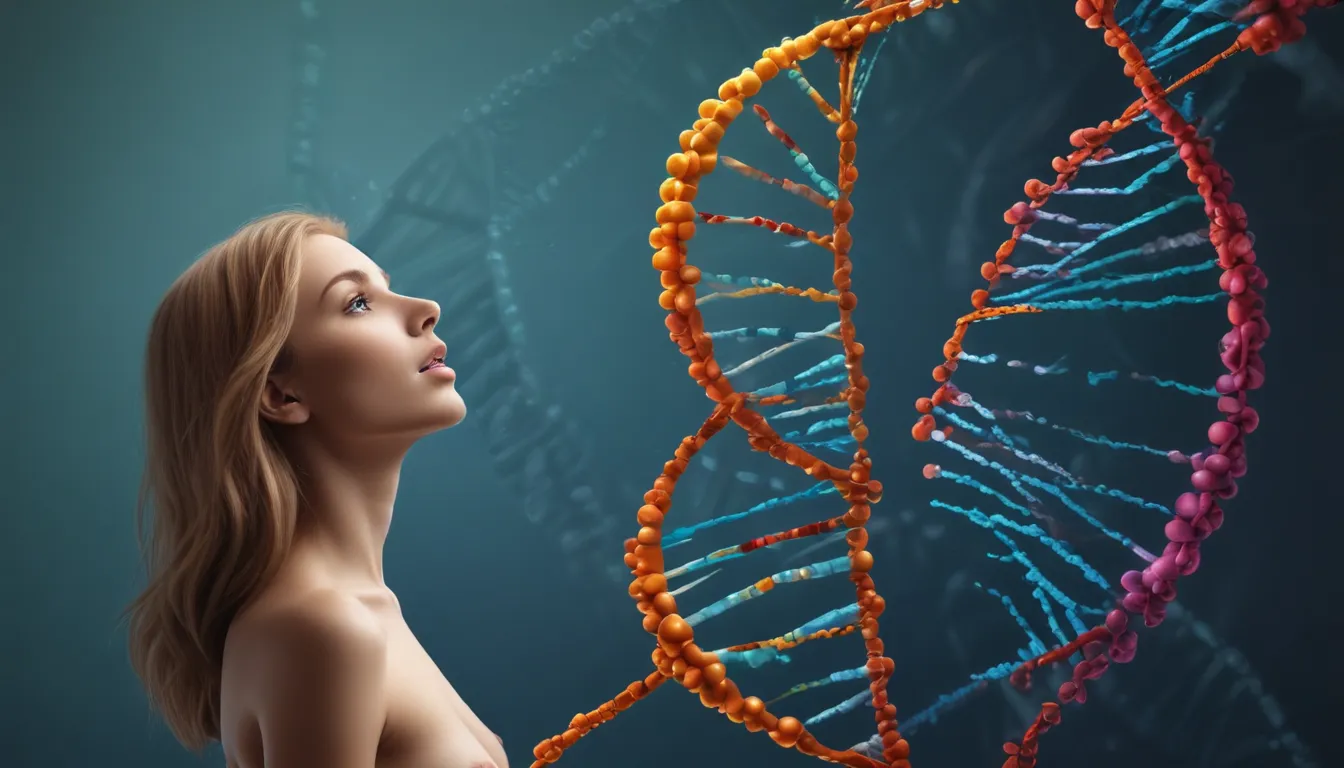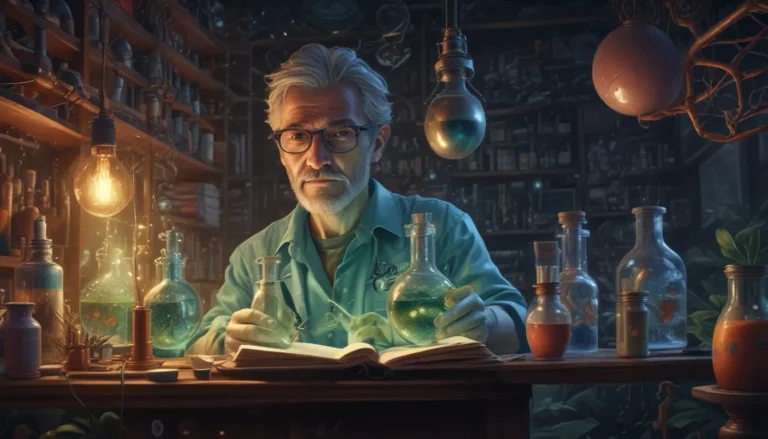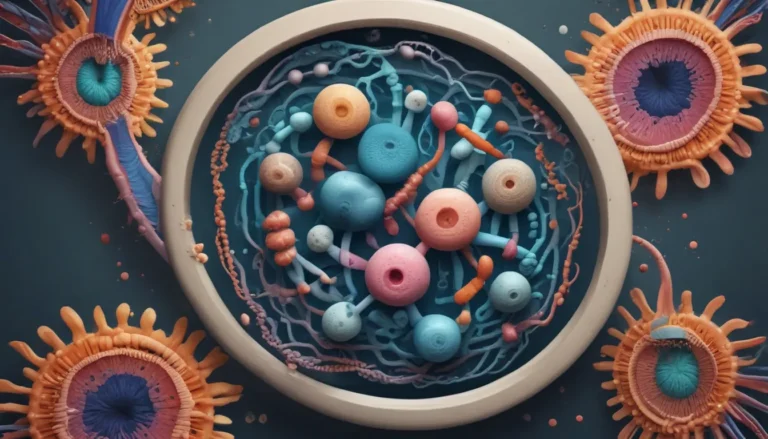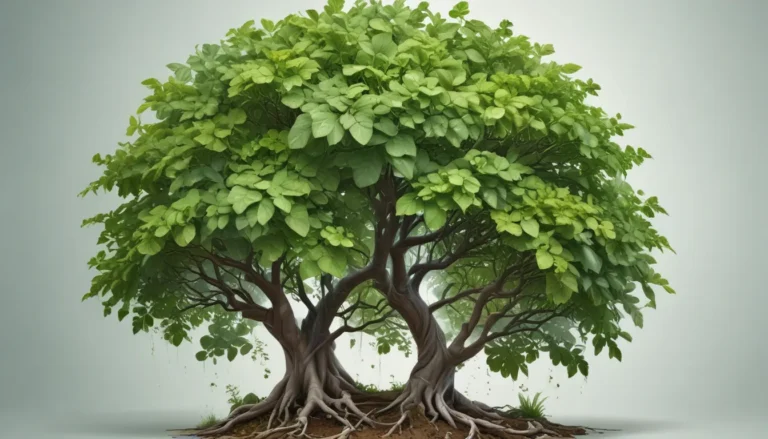A Note About Images: The images used in our articles are for illustration purposes only and may not exactly match the content. They are meant to engage readers, but the text should be relied upon for accurate information.
Welcome to the captivating world of DNA sequencing, where the secrets of our genetic code are revealed, shaping the realms of genetics, medicine, and forensic science. As we embark on this enlightening voyage, we will uncover eight surprising facts about DNA sequencing that will broaden your understanding of this groundbreaking technology. From its profound impact on various fields to the remarkable advancements in Next-Generation Sequencing (NGS), let’s dive into the fascinating realm of genetics.
Decoding the Genetic Mysteries: The Revolution of DNA Sequencing
DNA sequencing technology has transformed the field of genetics, empowering scientists to unravel the intricate genetic information encoded in an organism’s DNA. This revolutionary breakthrough has catalyzed advancements in medicine, agriculture, and forensic science by providing unprecedented insights into our genetic blueprint.
The Human Genome Project: A Monumental Milestone in DNA Sequencing
The completion of the Human Genome Project in 2003 marked a pivotal moment in DNA sequencing history. This ambitious endeavor aimed to sequence the entire human genome, uniting scientists worldwide in a collaborative effort to unlock the secrets of human genetics. The project laid the foundation for personalized medicine and a deeper understanding of human genetic diversity.
Illuminating Evolutionary Paths: Unveiling the Mysteries of DNA Sequencing
Comparing DNA sequences of different species enables scientists to trace evolutionary relationships and uncover the genetic changes that have shaped life on Earth over millions of years. This insightful approach has provided profound revelations into the origin and evolution of diverse species.
Next-Generation Sequencing (NGS): A Game-Changer in DNA Sequencing
The advent of NGS technologies has revolutionized DNA sequencing, offering faster, more cost-effective, and precise methods. This transformative innovation has accelerated the sequencing of vast amounts of DNA, paving the way for personalized medicine and targeted therapies.
Genetic Disease Diagnosis: Unveiling Genetic Predispositions through DNA Sequencing
Analyzing an individual’s DNA sequence enables doctors to identify genetic mutations associated with inherited diseases. This proactive approach allows for early detection, personalized treatment strategies, and genetic counseling for affected individuals and their families.
Unraveling Ancient History: Insights from Ancient DNA Sequencing
Extracting and sequencing DNA from ancient remains provides invaluable insights into our historical past. Ancient DNA sequencing has shed light on human migrations, ancient interbreeding events, and even the genetic profiles of extinct organisms, offering a window into bygone eras.
Forensic Applications: DNA Sequencing in Criminal Investigations
DNA evidence has become a cornerstone in forensic investigations, aiding in the resolution of criminal cases. By analyzing DNA samples from crime scenes, forensic scientists can link suspects to evidence, exonerate the wrongly accused, and provide vital contributions to solving cold cases.
The Bright Future of DNA Sequencing: Embracing Possibilities
As technology continues to advance, DNA sequencing is becoming increasingly accessible and affordable, heralding a future of personalized medicine, targeted therapies, and a deeper comprehension of genetic foundations of various diseases. The evolving landscape of DNA sequencing holds promise for transformative discoveries and applications in diverse fields.
In Conclusion: A Testament to the Marvels of DNA Sequencing
In wrapping up our exploration of DNA sequencing, we are left in awe of the profound impact this technology has had on biology. From unraveling the mysteries of our genetic code to advancing personalized medicine and forensic science, DNA sequencing stands as a beacon of scientific progress and discovery. As we delve deeper into the realms of genetics, there are boundless opportunities for further exploration, with myriad surprises and revelations awaiting discovery.
Frequently Asked Questions
- Q: What is DNA sequencing?
- A: DNA sequencing involves determining the precise order of nucleotides within a DNA molecule.
- Q: How does DNA sequencing work?
- A: DNA sequencing entails breaking down the DNA molecule into fragments, reading the nucleotide sequence in each fragment, and assembling them to create the complete sequence.
- Q: What are the applications of DNA sequencing?
- A: DNA sequencing finds applications in genetic research, diagnosis of genetic disorders, forensic analysis, evolutionary studies, and personalized medicine.
- Q: How accurate is DNA sequencing?
- A: Modern DNA sequencing technologies offer high accuracy, with error rates as low as one error per million bases.
- Q: Can DNA sequencing be done on any organism?
- A: Yes, DNA sequencing can be performed on any organism as long as its DNA can be extracted and processed for sequencing.
- Q: How long does DNA sequencing take?
- A: The timeframe for sequencing DNA varies based on the technology used and the genome’s size, ranging from a few hours to several weeks.
- Q: What is the cost of DNA sequencing?
- A: The cost of DNA sequencing has significantly decreased over time, ranging from a few hundred to a few thousand dollars, depending on project scale and complexity.
- Q: What are the future possibilities of DNA sequencing?
- A: The future of DNA sequencing holds promise for improved accuracy, faster turnaround times, and broader applications in fields like agriculture, environmental monitoring, and synthetic biology.
DNA sequencing continues to unveil astonishing discoveries, from the intricate roles of transcription factors to the enigmatic realm of epigenetic reprogramming. Exploring cutting-edge sequencing methods promises to unravel profound insights into the very essence of life itself. As we journey through the ever-evolving landscape of genetics, let us embrace the wonder and possibilities that DNA sequencing offers.






